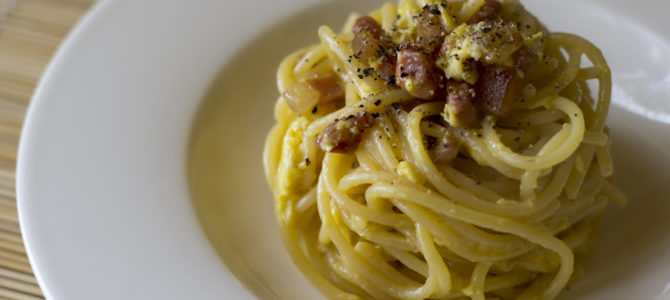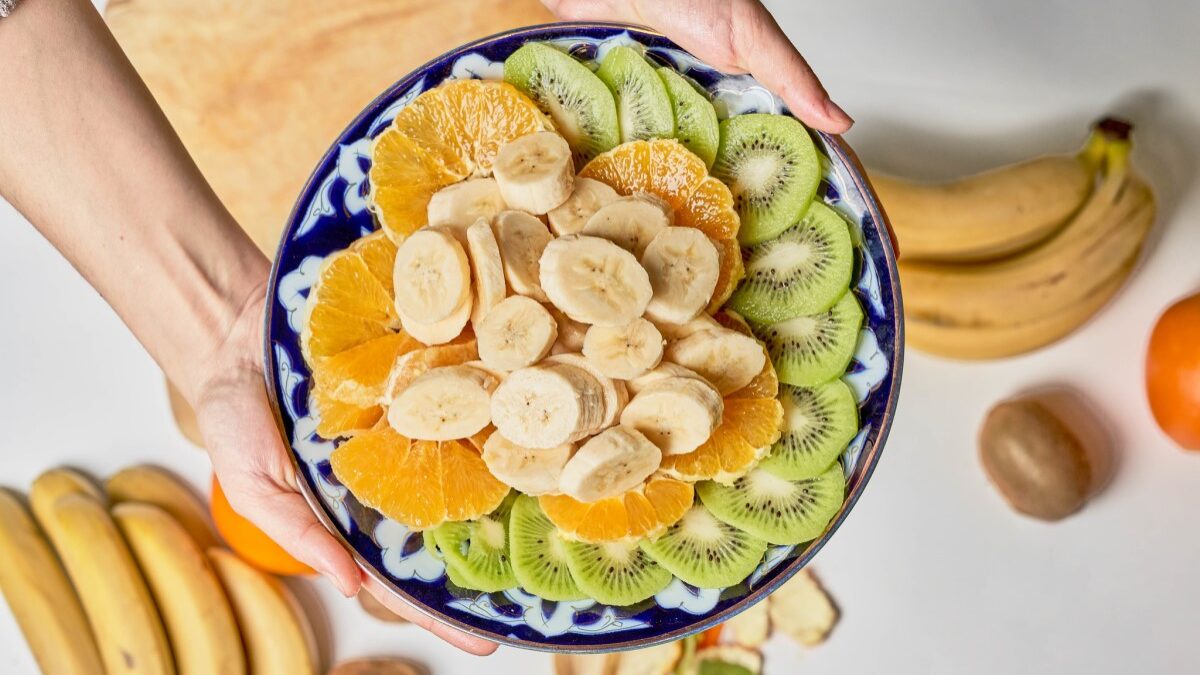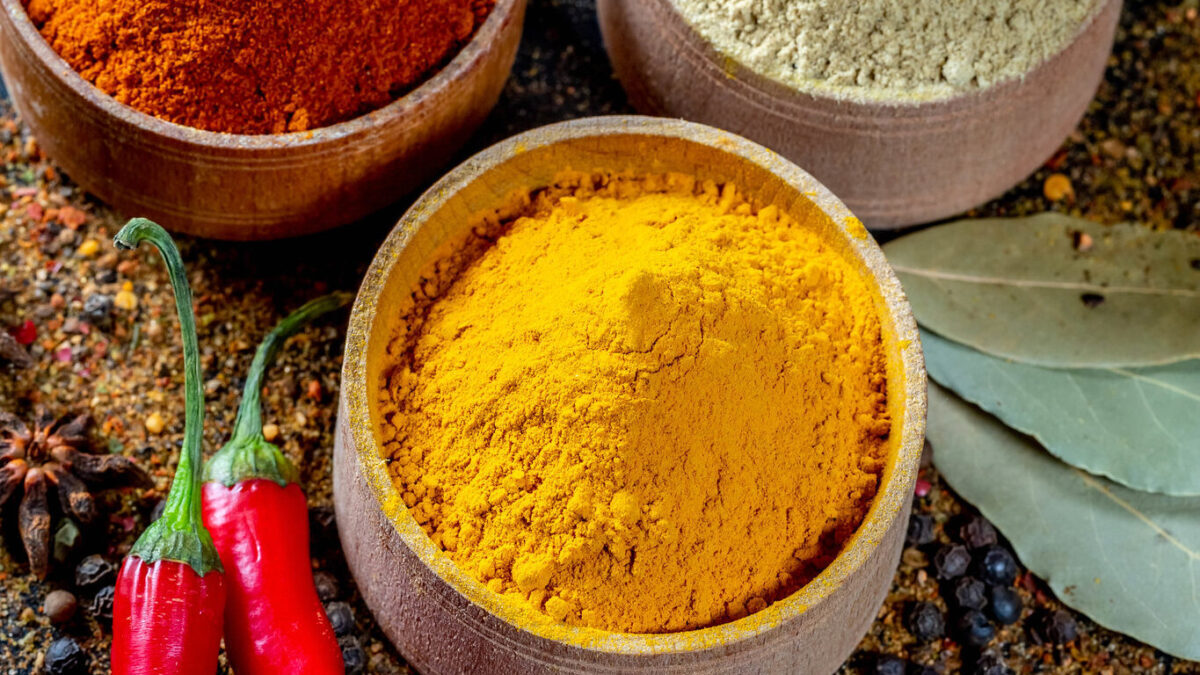
Pasta Carbonara, truly one of life’s greatest pleasures, is a traditional Roman dish graciously bestowed upon the world sometime in the mid-twentieth century. As is the story for a great many treasured Italian dishes, Carbonara’s origin is steeped in debate.
“Carbone” is Italian for “charcoal,” and legend is that this hearty pasta dish was created as a rich and satisfying meal for coal workers. There is also a rumor that it was created for U.S. troops in 1944 as a “thank you” for the soldiers’ gift of copious amounts of bacon and eggs shortly after the liberation of Rome.
Many Roman trattorias have claimed to have made the first, but it is unlikely that its provenance will ever be decisively proven.
The Classic Ingredients
There are, however, some things about Carbonara that are not up for debate. I made this dish recently, as a treat to myself, as a reminder of time spent in glorious Italy, and the years I spent working in great Italian trattorias here in the States.
As I was preparing the ingredients, setting my pot of water to boil, and decanting a few bottles of Brunello di Montalcino, it occurred to me that there are certain “musts” and “must nots” about a great Carbonara that cannot be overstated. First, Carbonara must contain these ingredients: Pasta, a hard, salty cheese, guanciale, fresh black pepper, and egg.
Pasta should be cooked only to “al dente” level of doneness. Carbonara is actually not assigned to a particular pasta shape and size. I prefer to make it with a long noodle, like spaghetti, but have also made it with rigatoni and cavatelli. As for the value of handmade pasta, specifically for making good Carbonara: If you make your own pasta, that is great. It is also extremely difficult, time-consuming, and messy.
I make some pastas by hand for special occasions that really add a level of quality and flavor to the recipes I’m using. Good examples of this are gnocchi, pappardelle with ragu, and ravioli. Because of the strong flavors of the ingredients in Carbonara, I do not find value in making my own pasta for this dish. High-quality pastas are readily available these days, either from specialty shops like Eataly, or even high-end grocery stores. You can buy fresh pasta, or even good dried pasta.
As far as assembly of the ingredients, there is some room for interpretation, but I will share my technique for a single portion, which is very simple: guanciale is diced and sautéed, using white wine to deglaze after cooking, then allowed to cool to room temperature. I then add the drained, cooled pasta to the pan, and turn the heat on medium-low.
Once the pan warms, I slowly drizzle in a whole, beaten egg, fully mixing it into the pasta. I use a generous amount of shredded Pecorino Romano cheese, and an ample amount of black pepper. Once all ingredients are fully incorporated, you are ready to eat Carbonara.
The Sacrilegious Carbonara Fakers
Somehow, a rumor began that garlic is an optional ingredient for classic Carbonara. This is false. Garlic, as an ingredient, is exceptionally potent and uniquely flavored. It drastically changes a dish once it is added. To many dishes, it is integral, but should never be considered optional, and it should never be added to Carbonara.
I have also seen many chefs and home cooks add parsley as a finishing touch to their Carbonara. Parsley is not a benign herb that adds color to a nuanced dish. It has a strong contrasting flavor. Sprinkling parsley all over your food to add color is total amateur hour, and an unacceptable waste of time. If you go to an Italian restaurant and your pasta comes out with a decorative sprig of parsley on it, leave immediately.
Some chefs will be tempted to add cream to their Carbonara to create a sort of “Alfredo” sauce consistency, and this is also a fatal error. Carbonara is meant to be sticky, not swimming in a cream sauce.
Traditionally, Carbonara is made with guanciale, which is jowl bacon. It is available at fine butchers and gourmet grocers in major markets, but if you live in the sticks, you may substitute a good pancetta (not pre-diced!), or high-quality, thick-cut bacon from a butcher. Do not use limp, anemic bacon from the grocery store. Your Carbonara will be bland, gutless, and disappointing.
Some people have chosen to add mushrooms, peas, or other vegetables to their Carbonara. Hey, you can add whatever you want, just know that if you are adding to the list of pasta, cheese, pepper, egg, and guanciale, you are no longer eating Carbonara. I firmly suggest you stick with the classic, and Buon Appetito!









